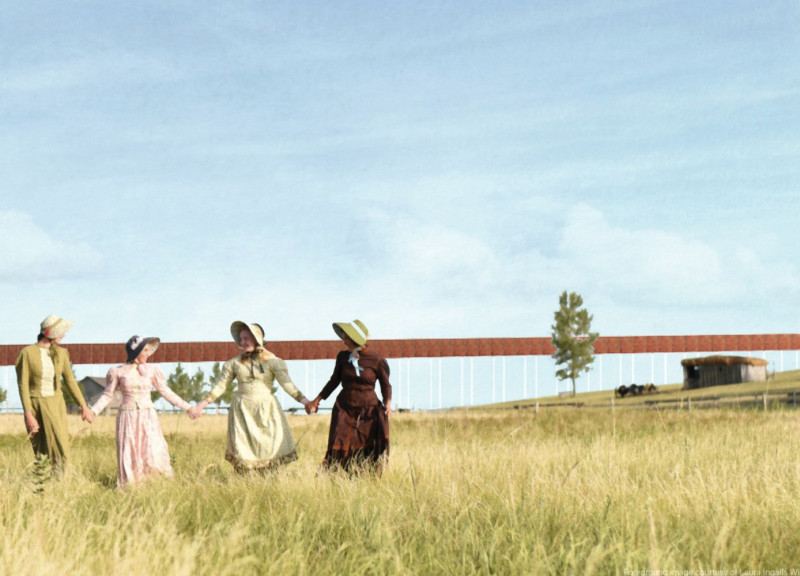5 key facts about this project
At its core, the architecture serves a dual purpose, encompassing both public and private spaces that facilitate community interaction and individual reflection. This layering of function is articulated through a deliberate arrangement of spaces that encourage a seamless flow of activity while respecting the privacy of its occupants. The façade of the building is characterized by a dynamic interplay of materials, textures, and openings that provide visual interest and connect the interior with the exterior landscape.
The design incorporates several important elements that define its architectural identity. Large expanses of glazing offer transparency and views of the surrounding environment, allowing natural light to permeate the interior while creating a dialog between inside and outside. The strategic placement of these glass elements enhances energy efficiency by maximizing passive solar gain, showcasing an awareness of sustainability that underscores the project’s ethos.
Materiality plays a critical role in the overall composition of the design. A combination of reinforced concrete, steel, and locally sourced timber establishes a tactile richness that enhances the sensory experience of the architecture. Reinforced concrete provides structural integrity, while steel elements contribute to the lightweight aesthetic of certain components, allowing for expansive open spaces that are both functional and inviting. The use of timber not only adds warmth to the interior spaces but also signifies a commitment to sustainable practices, as it is sourced from responsibly managed forests.
The architectural design draws inspiration from the natural surroundings, integrating elements that reflect the local culture and climate. The roofline, for instance, echoes the undulating hills nearby, creating a visual continuity that grounds the structure within its landscape. This responsiveness to geographic conditions extends to considerations of local weather patterns, ensuring that the building remains comfortable year-round while minimizing energy consumption.
Unique design approaches are evident throughout the project, such as the incorporation of green roofs and vertical gardens that enhance biodiversity and promote ecological resilience. These features not only serve aesthetic purposes but also contribute to the building’s functional performance, assisting with temperature regulation and stormwater management. The project exemplifies how architecture can effectively respond to environmental challenges while fostering a sense of connection between inhabitants and nature.
Public areas within the project are designed to encourage social interaction, featuring fluid spaces that can be adapted for various uses. Flexible furnishings and movable partitions allow inhabitants to reconfigure spaces according to needs, promoting a sense of ownership and engagement with the environment. This adaptability is an essential facet of modern architectural design, reflecting changing lifestyles and community dynamics.
The integration of technology is another noteworthy aspect of the project, with smart building elements that enhance user experience and usability. Automated systems regulate lighting, heating, and cooling based on occupancy and external conditions, optimizing energy efficiency without compromising comfort. The architecture not only meets current technological standards but anticipates future advancements, ensuring longevity and relevance.
As this project continues to unfold, it invites further exploration and engagement. The architectural plans, sections, and detailed designs reveal complex layers of thought and creativity behind the aesthetics and functionality of the building. For a deeper understanding of the innovative architectural ideas that shape this design, readers are encouraged to delve into the project presentation to appreciate the subtleties and intricacies of this architectural endeavor. By examining the elements that contribute to its unique identity, one can gain insightful perspectives on the compelling relationship between architecture, environment, and human experience.


 Eugene Ong
Eugene Ong 























